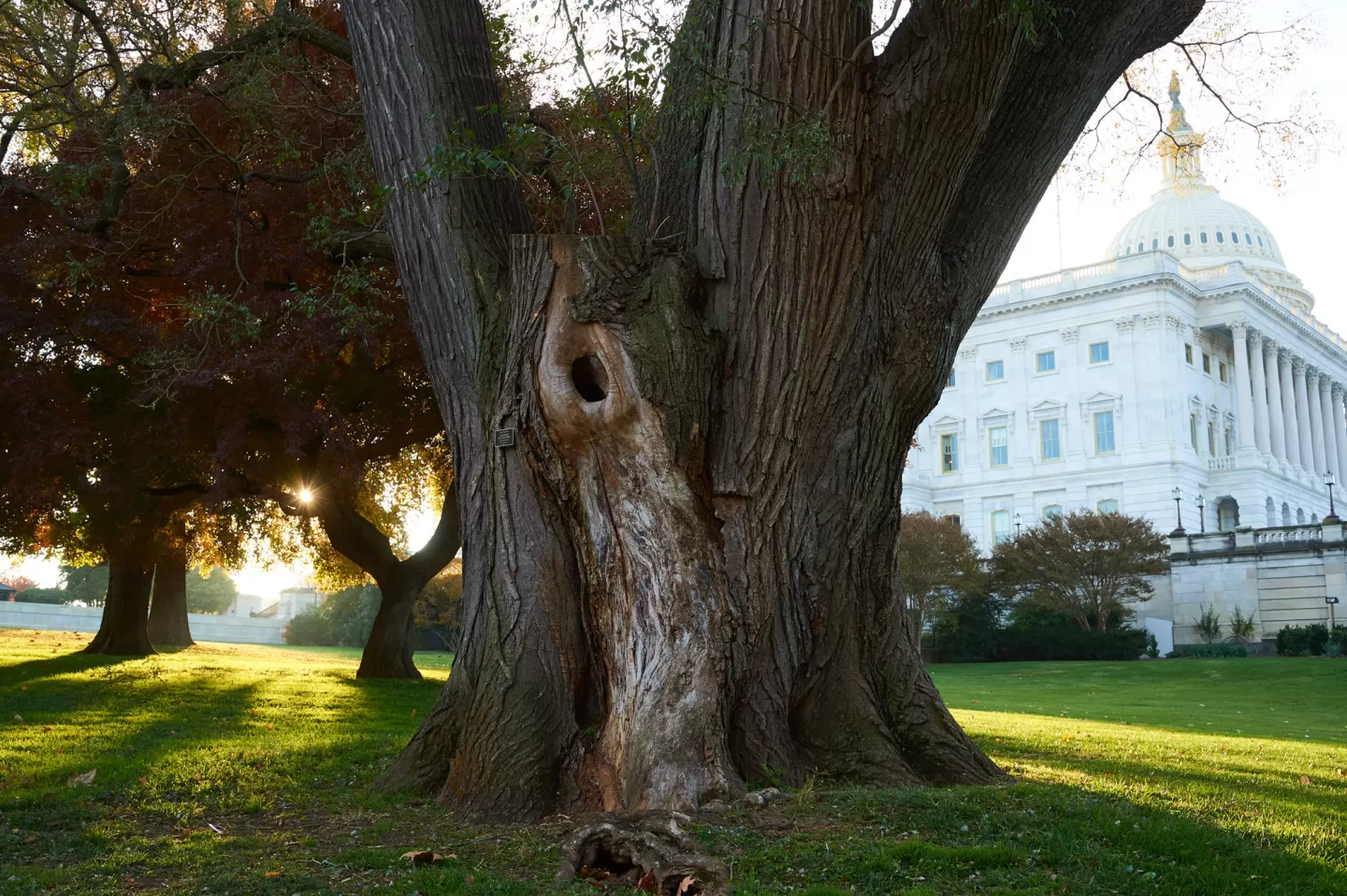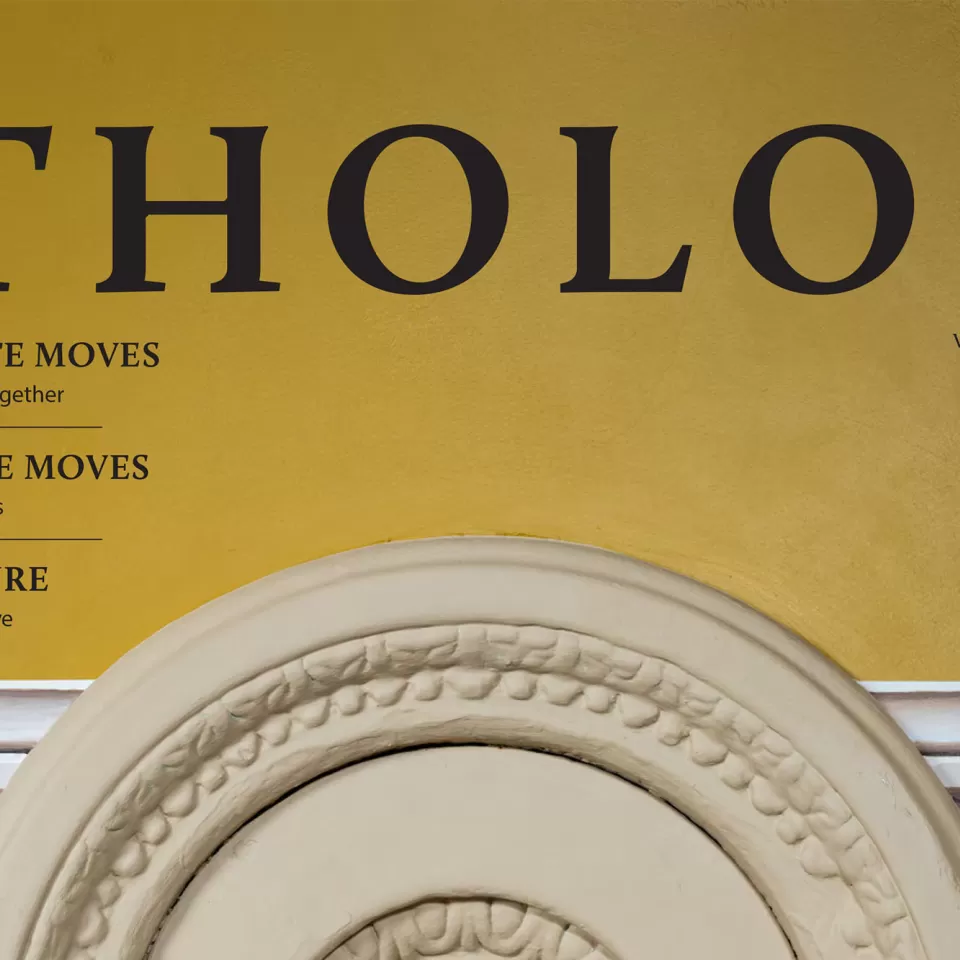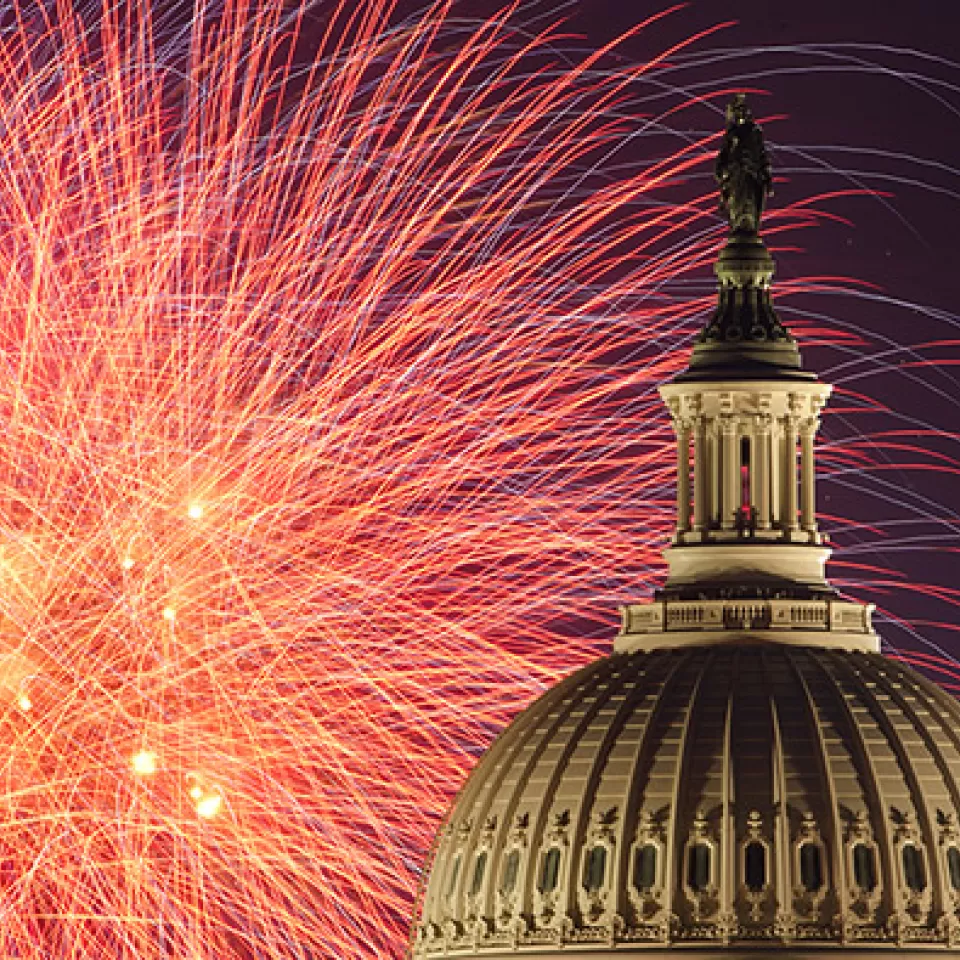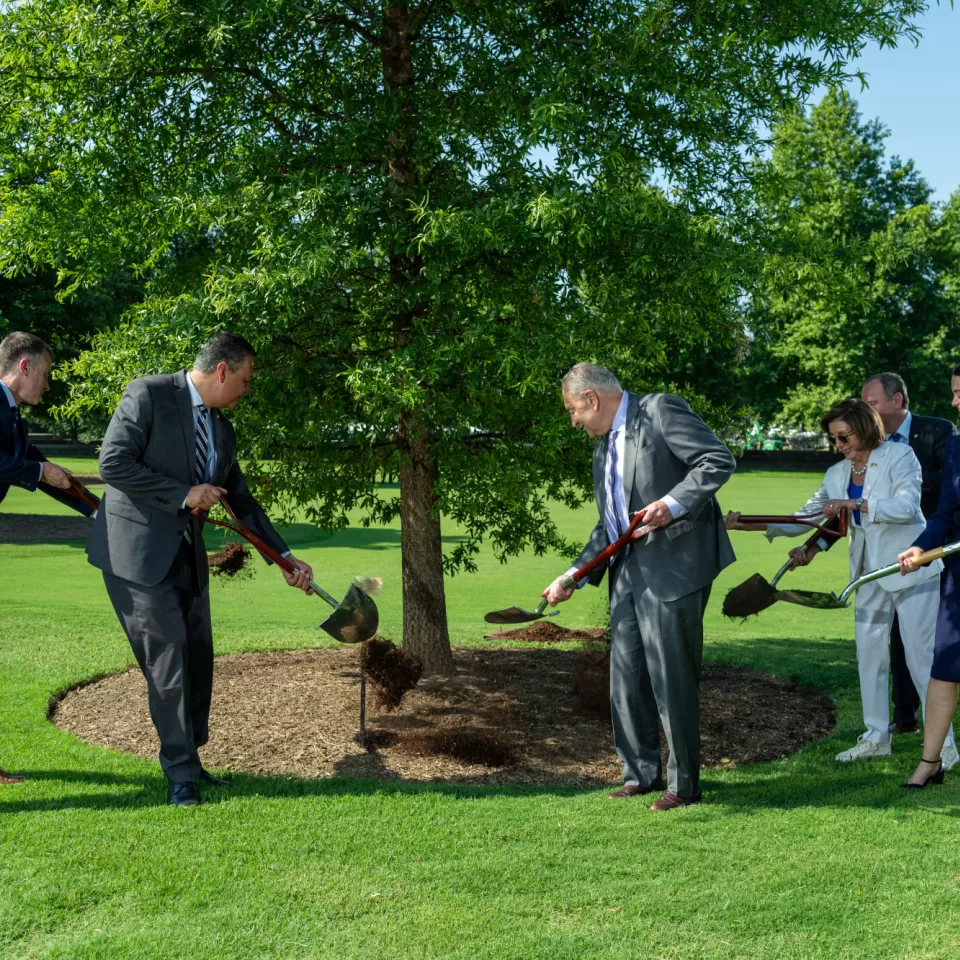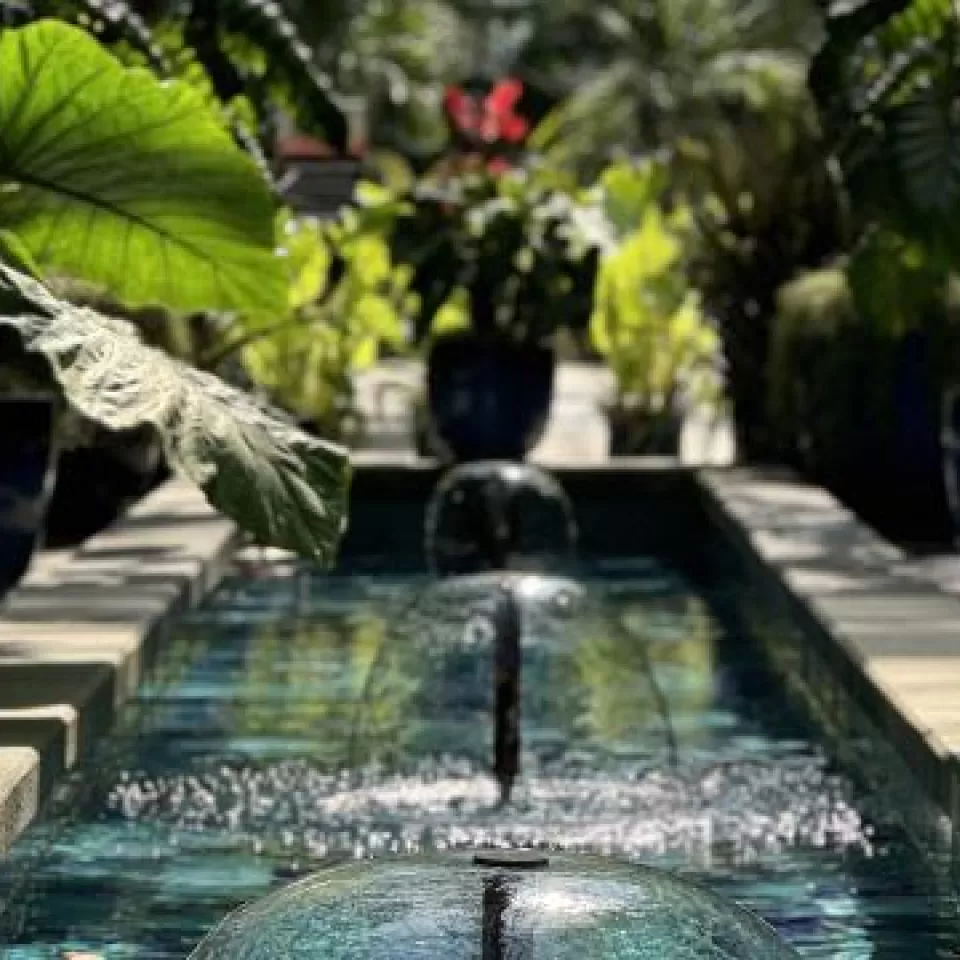Our Stories
Recent News Articles
Public Notice
Volume 30 of Tholos Magazine Now Available
Articles include spotlights on the Capitol Building Sheet Metal Shop and the congressional move process.
Public Notice
2025 "A Capitol Fourth" Concert Prohibited Items and Street Closures | USCP.gov
The annual concert celebrating Independence Day will be broadcast live from the West Front of the U.S. Capitol. Here's what to know before you go.
Public Notice
Tree Dedicated in Memory of Senator Feinstein
Located in Capitol Square, N.W., near the Summerhouse.
Public Notice
U.S. Botanic Garden Shifts Open Hours for Summer 2025 | USBG.gov
From June 9 through August 31, the U.S. Botanic Garden (USBG) will shift open hours for the Conservatory to 11 a.m. – 6 p.m. The shifted hours will allow us to replace the greenhouse glass roof in the Conservatory Garden Court.
